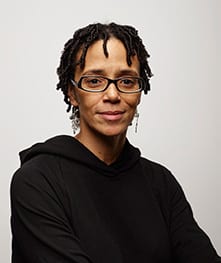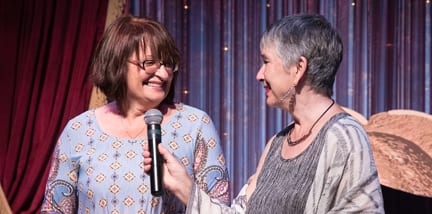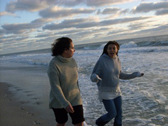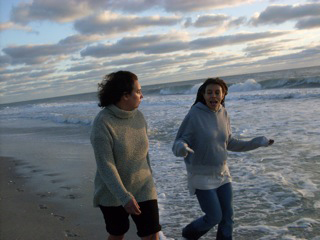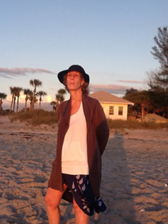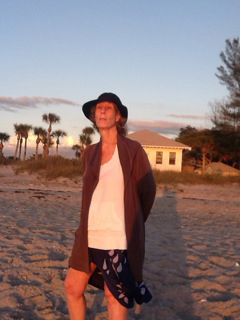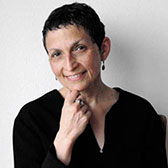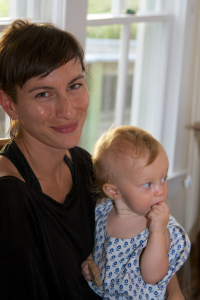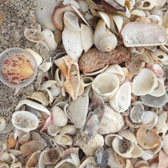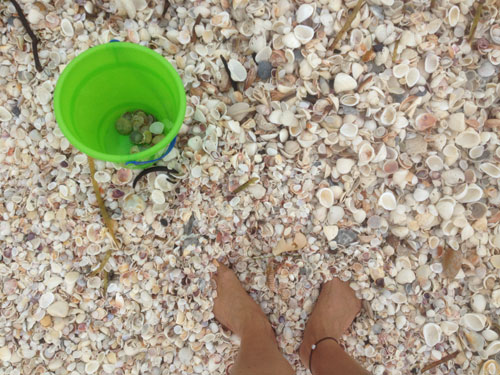The Hermitage is thrilled to welcome Laura Kaminsky, Artistic Director of Symphony Space in New York City and an accomplished and award-winning composer, to our Board of Trustees. Laura is the first Hermitage Fellow to serve on our Board. “No one can better represent the insider’s point of view – that of the Hermitage fellow – than someone who has that title. And no one can represent the national point of view from outside this community better than someone living in a distant cultural center. As a Hermitage fellow in music, living in New York City, Laura meets both those qualifications,” said Executive Director Bruce Rodgers.
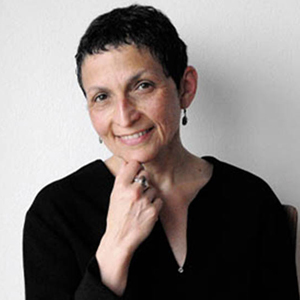
The Hermitage is thrilled to welcome Laura Kaminsky, Artistic Director of Symphony Space in New York City and an accomplished and award-winning composer, to our Board of Trustees. Laura is the first Hermitage Fellow to serve on our Board. “No one can better represent the insider’s point of view – that of the Hermitage fellow – than someone who has that title. And no one can represent the national point of view from outside this community better than someone living in a distant cultural center. As a Hermitage fellow in music, living in New York City, Laura meets both those qualifications,” said Executive Director Bruce Rodgers.
It took less than a minute for the Hermitage to cast a spell on Kaminsky, who came for her first residency with her partner Rebecca Allan, a painter. The two were collaborating on Horizon Lines, a multi-media work. “Driving up the narrow road and seeing the wooden structures and the dunes glowing under the midday sun was confirmation before ever stepping foot on the ground that this was a special place to nurture one’s creativity,” writes Kaminsky. “I could tell that there was going to be the space to be reflective and therefore productive.”
Kaminsky says that the Hermitage meant “everything” to her as an artist. “Time. Quiet. The stimulating conversation among the artist fellows. The closeness to nature. The sound of the waves. The light. All of this created a perfect environment in which to let loose and to reel in, both of which are necessary to making art.”
And she hasn’t wasted any time in making a difference. Inspired by a conversation with Rodgers, Kaminsky conceived the idea for NOVEMBER 21, 1963: THE DAY BEFORE, a multi-media one-night-only performance that will feature contributions from more than 60 Hermitage composers, writers, filmmakers, and visual artists to contribute original work around the theme of life on the eve of the assassination of John F. Kennedy. “Laura’s deep commitment to the Hermitage was obvious from the beginning. The exciting partnership the Hermitage has with Symphony Space, for whom she is artistic director, is an obvious example of this commitment,” said Rodgers.
The performance, taking place at Symphony Space on November 8, 2013, has already attracted tremendous media attention, has sold out and will be a highpoint of the upcoming Hermitage Artist Tour of New York City. “The outpouring of interesting responses to the challenge from the hermitage fellows has been exceptional and I know we have a great evening in store”, said Kaminsky.
As an artist and Fellow, Kaminsky believes she can bring a unique perspective to the Hermitage Board. “Having lived the artist’s life there I hope I can speak directly to the board from the perspective of one who has benefited from a residency in ways that can lead and inspire the board to continue its good work.”
Laura Kaminsky’s works are frequently performed across the U.S. and abroad; Kaminsky has received numerous commissions, fellowships, and awards. She has received four ASCAP- Chamber Music America Awards for Adventuresome. She currently serves as a member of the board of directors of Chamber Music America and has been a board member of the American Music Center and a member of the Artistic Advisory Council of the New York Foundation for the Arts. She is Artistic Director of Symphony Space in New York City. From 2004-2008, she served as dean of the Conservatory of Music at Purchase College/SUNY, where she is currently professor of music and faculty-at-large for the School of the Arts

